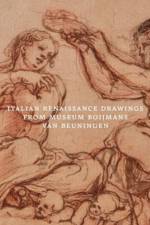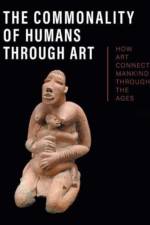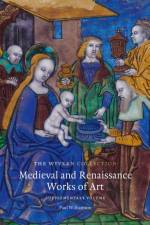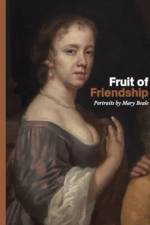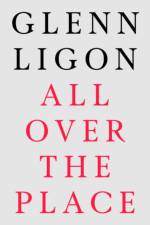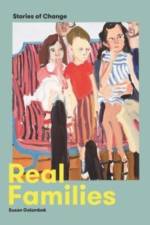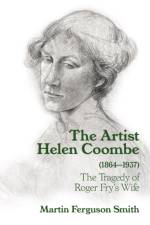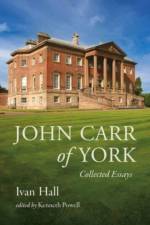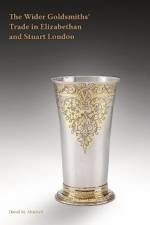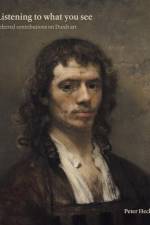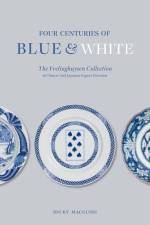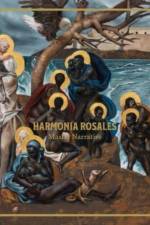505,-
Art and essays that explore the complex world of the family. What is a family, and how is family experienced? These questions, explored through artists' eyes, are at the heart of Real Families: Stories of Change, a collaboration between the Fitzwilliam Museum and the University of Cambridge Centre for Family Research. This catalog presents the exhibition in four sections, containing twelve illuminating essays that discuss the concept of the family. It focuses on art produced in the past fifty years, a period of significant change in how families are created and structured, with historical works woven throughout to examine what is genuinely new and what has remained the same about the family. The catalog includes reproductions of paintings, photography, and sculptures that examine the wider social, cultural, and political influences on family relationships, from aging, fertility, divorce, LGBTQ+ perspectives, and adoption. Artists featured include Alice Neel, Chantal Joffe, Sunil Gupta, Donald Rodney, Nan Goldin, Paula Rego and Lucian Freud.


